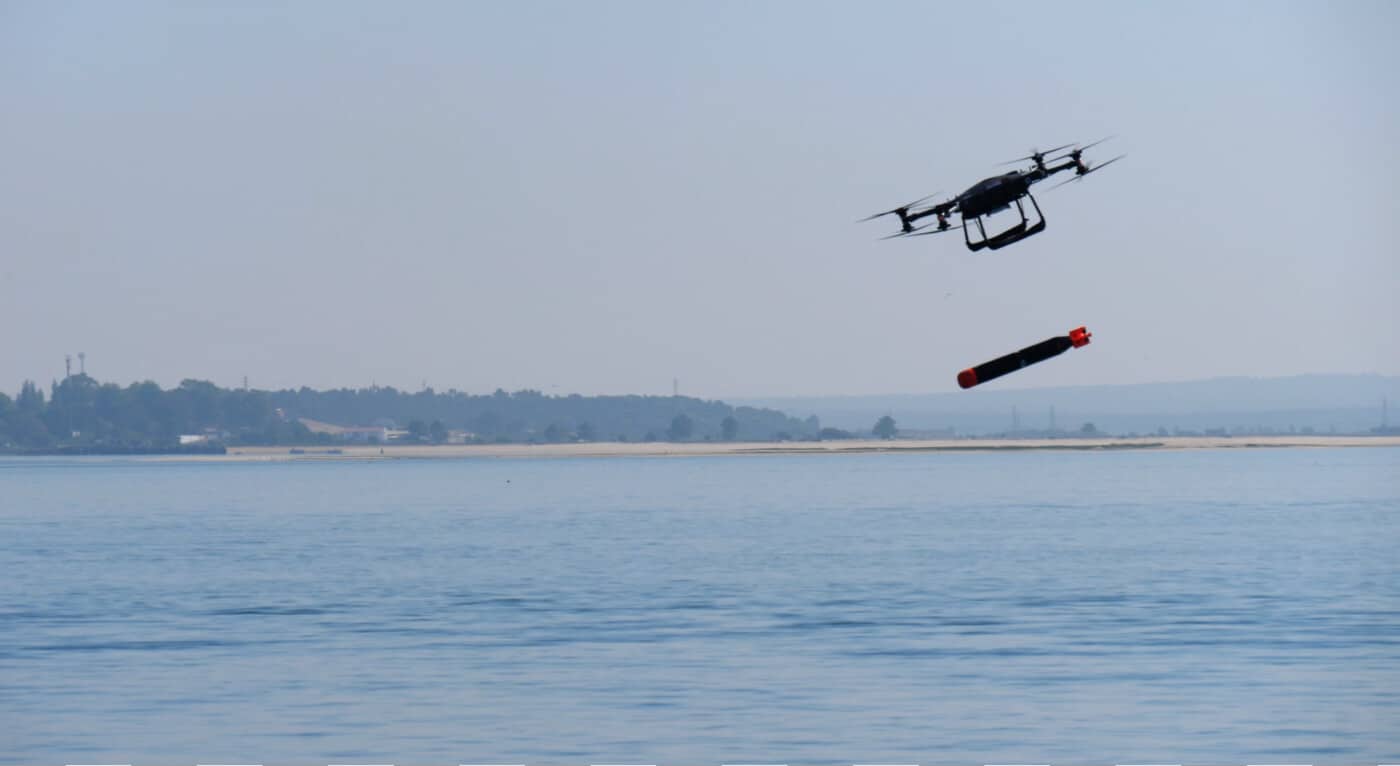The RAN has never really showed any interest in the ASROC.
We have P8's, we have MH60R firing light weight Mk54, we have ship fired MU90.
Its a pretty narrow range, where they are in close to the ship, but not near the helicopter/P8, but far enough away to be out of range of the Mu90, but are in range to be detected.
In the big ocean spaces the RAN typically operates and the few choke points it has interest in, it does not seem to be a big consideration.
Not sure I see the Mk54 fired from ASROC as more threatening to any target than TLAM. TLAM will hit them, ASROC, well, maybe you are going to get a hail mary firing solution.
The way people here talk about Tomahawk, it is like they are getting their reports from RT.
The Russian Defense Ministry says the US missile strike on a Syrian airfield wasn't very effective, with only 23 out of 59 Tomahawk missiles reaching their target. The locations of the remaining 36 missiles’ impact is now unknown, the ministry added.

www.rt.com
Even then the Russians only claimed 23 out of 59 success rate.
Even if you are carrying ASROC, how many do you intend to fire? One or two? Then moving into position to track, or moving an air asset to track and make more fires. I don't quite understand why we would need more than two loaded.
Maybe we should look at the LHD being a ASW asset. Really six or more helicopters, with drones and a P8 should provide excellent ASW coverage. The SSN would be the other key element. I am not sure that a single surface frigate is the ASW game changer, it in fact sounds like a surface target, not a submarine hunter.
Unless the target is defended, 100% of the TLAMs will hit them these days. If the target has defence capabilities then that number drops. Saying TLAM is useless, and that other weapons should be fitted, weapons without a 1500 mile strike range, and weapons without a 500Kg warhead.
I don't know what ASROC hit rates are, but I would be surprised if it was any where near 50%.





